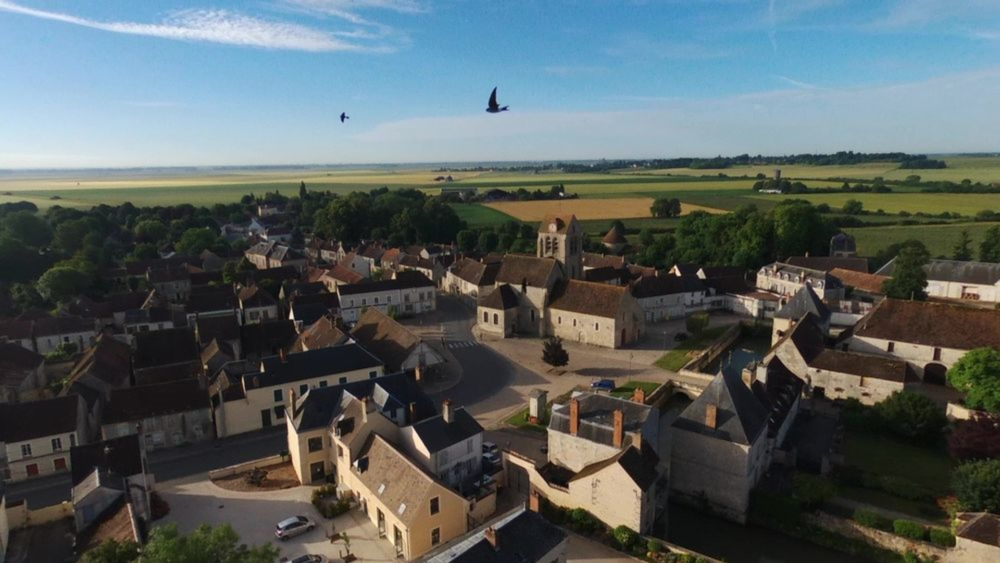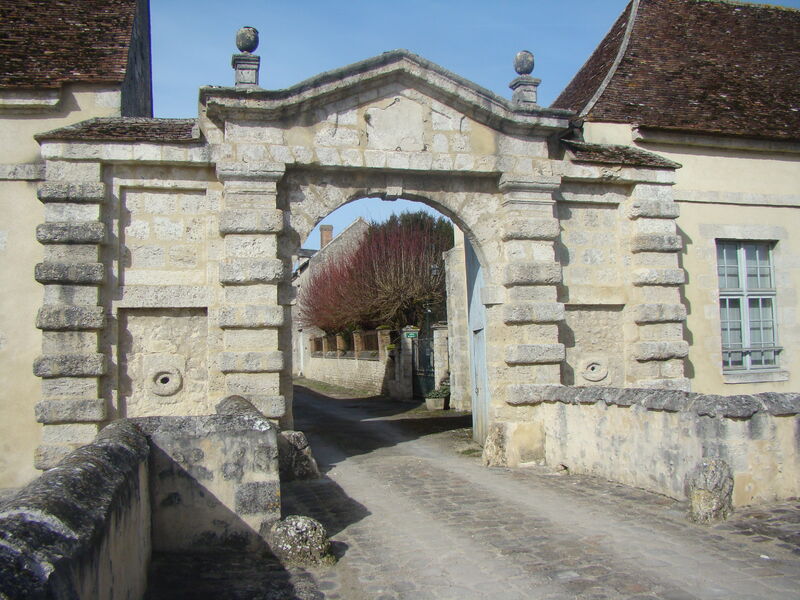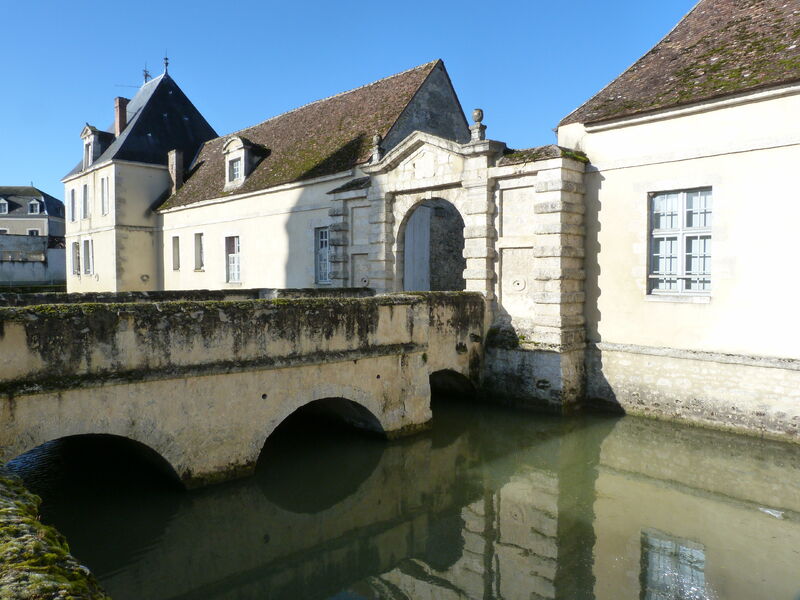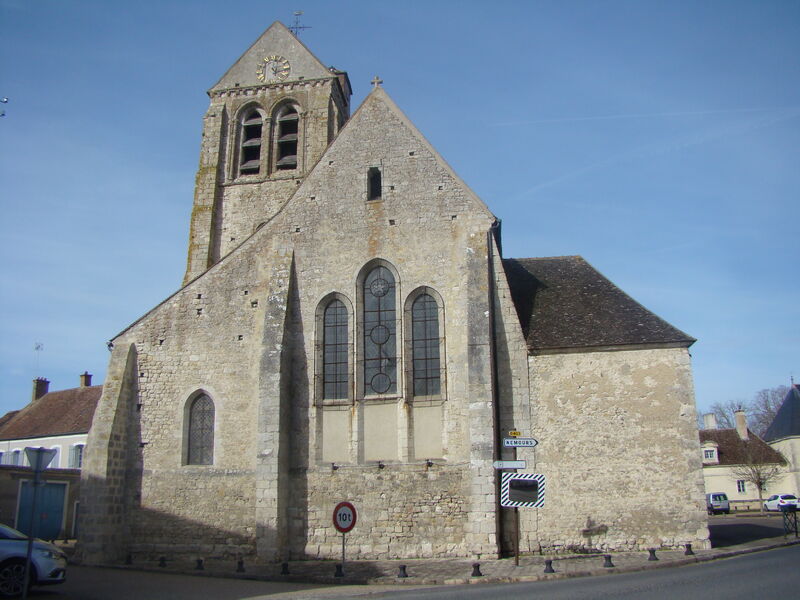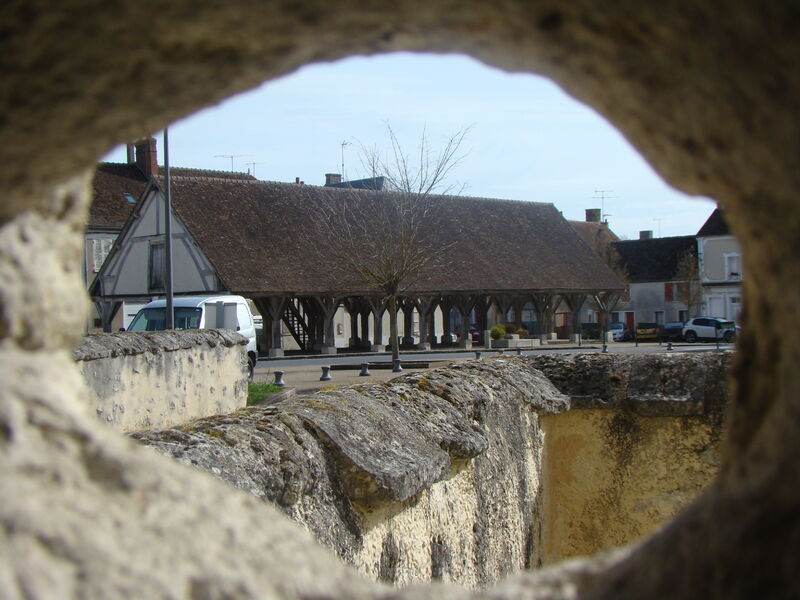Beaumont-du-Gâtinais
Beaumont-du-Gâtinais
Beaumont-du-Gâtinais
And why not a stay in the outbuildings of the castle?
This charming Gâtinaise town is located on the borders of Seine-et-Marne and Loiret. It seems that Beaumont did not appear until the 11th century. Indeed, it is from this period that there are documents relating to the town called “Beaumont-des-Bois” which has grown steadily over the centuries. Several families will, moreover, succeed one another and contribute to the development of the village.
The 12th and 13th century Saint-Barthélémy church has its strong bell tower which served as a fortification. A 16th century loophole defense turret is attached to it. Indeed, it was a question of strengthening, as in the surrounding villages, protection against the wandering bands of mercenary soldiers.
This beautiful building was listed as a Historic Monument in 1922.
Gift of Charles de Montmorency-Luxembourg, Lord of the place, Count of Beaumont and Prince of Tingry, the superb chestnut market hall was built around 1775. Its roof is tiled and its wooden pillars with a tree structure of 4 uprights at the top. In addition, granaries located at the ends of the hall suggest that the grain trade was carried on there.
The family of the lords of Beaumont mentioned in the 11th century disappeared in the 13th century. Consequently, it was the granddaughter of Jacques Coeur, married to Louis de Harlay in 1493, who passed the land on to new descendants.
Ultimately, it was Achille Ier (1536-1616), the first President of the Parliament of Paris, who allowed the seigneury of Beaumont to be established as a County in 1612, and who was to be behind the construction of the attractive castle. After the French Revolution, the castle was sold in 1798 and partly demolished in 1804. However, it remains to this day: the moats, the cellars of the seigneurial residence, the 16th century portals and the outbuildings of the castle. The latter has been listed as a Historic Monument since July 16, 1984.
The 12th and 13th century Saint-Barthélémy church has its strong bell tower which served as a fortification. A 16th century loophole defense turret is attached to it. Indeed, it was a question of strengthening, as in the surrounding villages, protection against the wandering bands of mercenary soldiers.
This beautiful building was listed as a Historic Monument in 1922.
Gift of Charles de Montmorency-Luxembourg, Lord of the place, Count of Beaumont and Prince of Tingry, the superb chestnut market hall was built around 1775. Its roof is tiled and its wooden pillars with a tree structure of 4 uprights at the top. In addition, granaries located at the ends of the hall suggest that the grain trade was carried on there.
The family of the lords of Beaumont mentioned in the 11th century disappeared in the 13th century. Consequently, it was the granddaughter of Jacques Coeur, married to Louis de Harlay in 1493, who passed the land on to new descendants.
Ultimately, it was Achille Ier (1536-1616), the first President of the Parliament of Paris, who allowed the seigneury of Beaumont to be established as a County in 1612, and who was to be behind the construction of the attractive castle. After the French Revolution, the castle was sold in 1798 and partly demolished in 1804. However, it remains to this day: the moats, the cellars of the seigneurial residence, the 16th century portals and the outbuildings of the castle. The latter has been listed as a Historic Monument since July 16, 1984.
Opening times
All year round, daily.
Prices
Prices
Free access.









